
More Air: The air column is one of the most important elements for playing the trumpet (and other wind instruments)…
This page is dedicated to topics related to trumpet teaching. Much of the content is limited to students with access only.
If you would like to know more about content and subjects related to the trumpet, join Professor Wellington Lima’s trumpet class.
You will soon find content about the trumpet. For now, some content will only be available to registered students. Thank you!
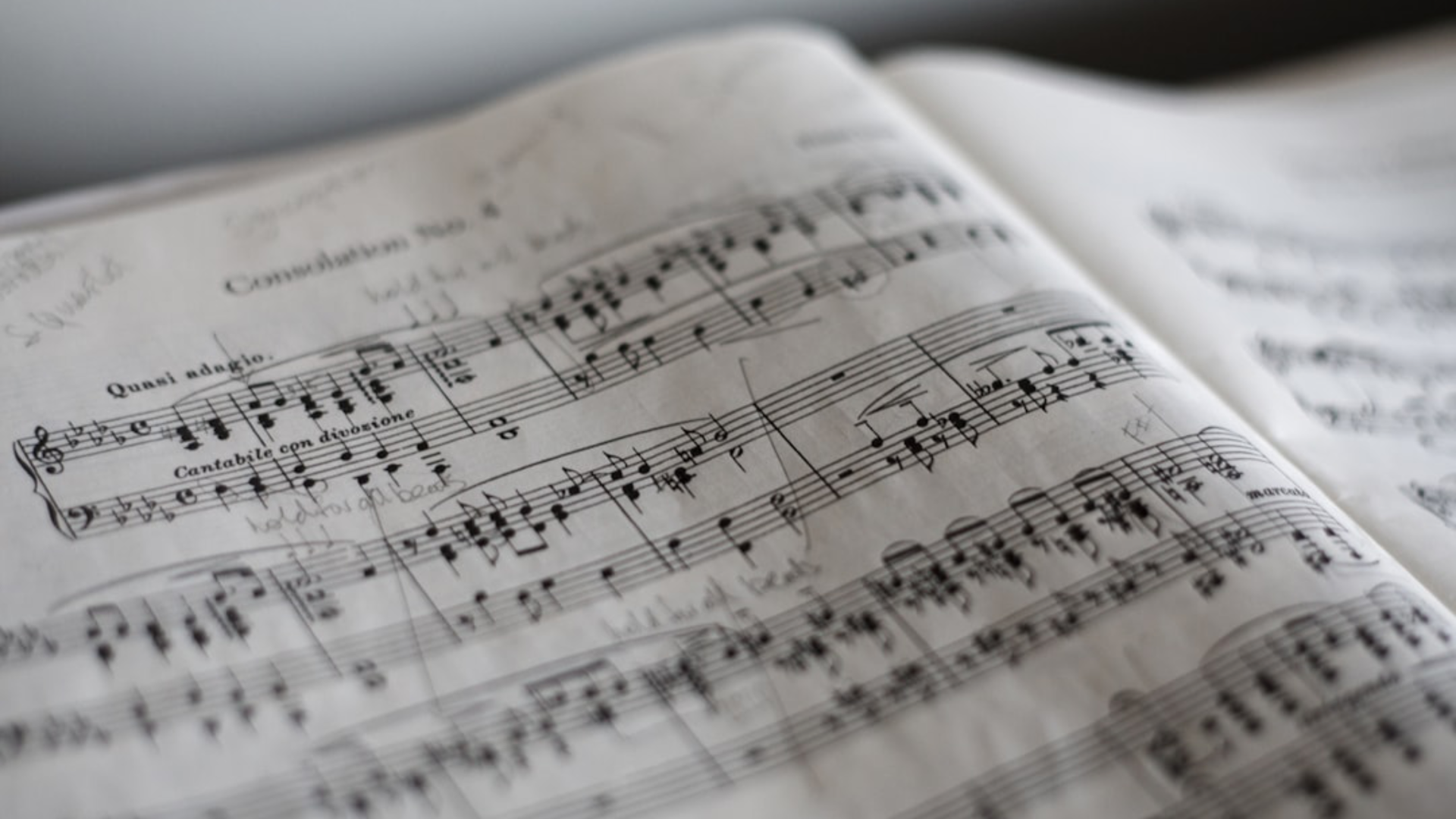
The learning process becomes more effective when guided by a specialized professional. Having a qualified teacher not only facilitates the understanding of complex content but also fosters the development of critical skills, promotes student motivation, and tailors teaching methods to individual needs. The presence of an experienced mentor makes all the difference, whether in helping a struggling student or in the continuous improvement of an advanced learner, creating a solid foundation for academic and professional success.
A specialized teacher is capable of identifying the needs and learning paces of each student, adapting content and pedagogical approaches to maximize understanding and engagement.
With deep knowledge of the subject matter, the specialized teacher is able to explain complex concepts clearly, address questions with precision, and provide practical examples that facilitate comprehension.
In addition to imparting knowledge, a good teacher encourages the development of critical thinking by challenging students to question, analyze, and creatively apply what they have learned in practical contexts.
The Three Pillars is the name given to the set of fundamentals containing exercises based on existing methods for trumpet study, which we refer to as reference methods. The term “pillars” emerged from the desire for a name for the video lessons that could represent the basic principles. We know that pillars serve as a solid foundation for a particular structure, such as houses, schools, hospitals, buildings, etc. However, considering the figurative meaning of the word pillar, we conclude that it is closely associated with foundations and principles. In order to assign a title to each fundamental presented in the video lessons, we decided to divide them into: breathing, embouchure, and fingering.
Breathing – Embouchure – Fingering
You can read more about the three pillars of the trumpet and their specificities by clicking the button below. This button will give you access to my Master’s Dissertation. Enjoy!

Exercises without the trumpet. For a trumpet player to have good sound projection and sustainability, he needs to inhale well enough to fill his lungs completely and pleasantly.

The embouchure is another very important prerequisite for playing the trumpet. It is through the lips that we produce vibrations and, consequently, the sound, when we blow into the trumpet.

This Foundation seeks to improve the execution technique and finger agility. Clarity and fluidity are the main objectives of this pillar.
When you start your private lessons, you will have access to various educational content in the student section.




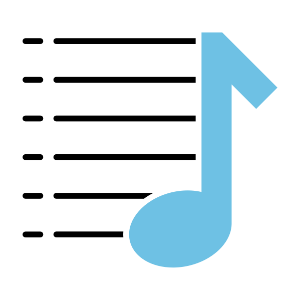



But, if you are already one of our regular students, log in and have access to all the materials available to you.
Wellington Lima
Sample
Vincent Cichowicz
Vincent Cichowicz’s Flow Studies philosophy, developed by the renowned trumpet player and educator, is an approach aimed at the technical and musical development of trumpet players, with an emphasis on achieving a smoother, more natural, and controlled performance. Cichowicz, who taught at Northwestern University, became widely known for his pedagogical work focused on technique and musicianship, and his methods have influenced generations of trumpet players.
Flow Studies, in general, is a set of exercises designed to improve articulation, flexibility, dynamic control, coordination, and consistency in performance. The main focus of these studies is to develop an approach to playing where the music flows organically, without unnecessary technical interruptions. The principles he emphasizes include:
Cichowicz believed that breath control was the foundation for both technical and musical development. His method places great emphasis on air control and the efficient use of airflow, allowing trumpet players to perform more relaxed and with less tension.
He advocated for clear articulation, but without stiffness. Rather than an aggressive or “harsh” articulation, Cichowicz sought a fluid articulation that allowed for musical expression with ease and precision.
Another central point is flexibility. He proposed exercises that helped trumpet players develop greater ability to transition smoothly between low, middle, and high registers, without excessive effort or rigidity.
Cichowicz was also highly focused on dynamic control, teaching his students to play with nuance, smoothly crescendoing and decrescendoing, without abruptness or excessive volume.
Instead of short, fragmented exercises, Cichowicz believed musicians should practice long sound flows, which helped develop endurance, embouchure control, and fluidity. These long exercises allowed trumpet players to dive deeply into sound, exploring various aspects of technique without interruptions.
Although his focus was on technique, Cichowicz always emphasized that musicality should come first. He saw technique not as an end in itself, but as a tool to allow for freer, less restricted musical expression.
He also suggested that trumpet players adopt a mental attitude of presence and mindfulness while practicing, allowing the musician to fully concentrate on the moment and the sound of the instrument.
In summary, Vincent Cichowicz’s Flow Studies philosophy is a technical approach that seeks not only to enhance instrumental skill but also to foster musical flow. Trumpet players following this philosophy work to eliminate physical and mental tension, aiming for a more relaxed, expressive, and technically proficient performance. The key pillars of this method are fluidity, air control, smooth articulation, and a focus on musicality.
Are you preparing for professional auditions and need support materials such as Examples of orchestra excerpts in sheet music or Audios played by the main Orchestras from around the World?
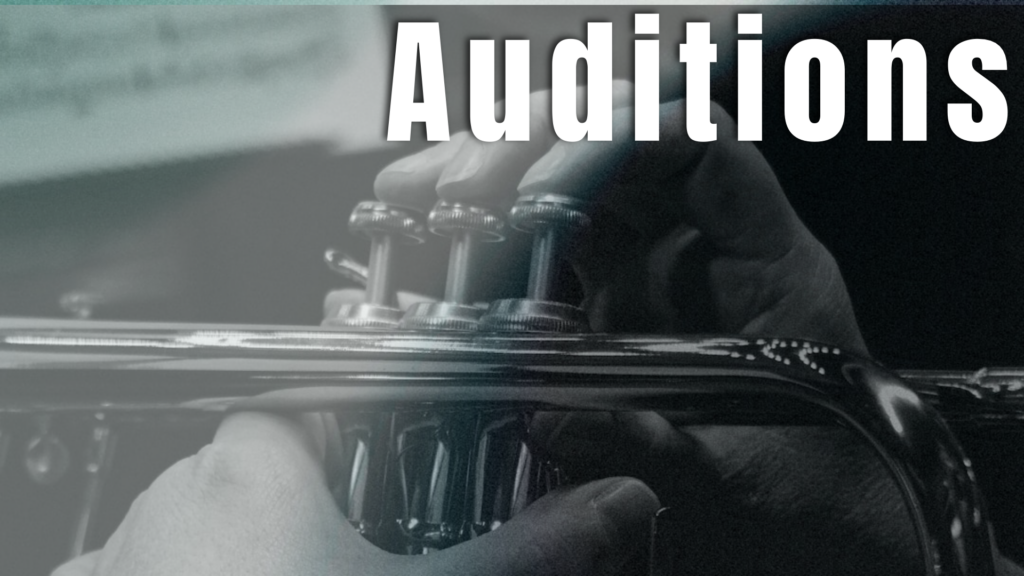
Your Online Resource for the Study of Trumpet Literature from the Orchestra and Wind Ensemble
I have put together some questions and answers that some of my followers have asked me about practicing and performing with the trumpet. What do you think of the answers? Leave your comments on these topics.
Embouchure control and endurance were the biggest challenges. In the beginning, maintaining a consistent sound for a long time was difficult.
Long tones and lip flexibility. It helps prepare the lips and focus on air control and pitch.
Patience and consistency. At first, progress may seem slow, but practicing every day, even a little, makes a big difference.
Practicing both separately and then integrating them. Technique is essential, but without emotion, the music does not connect with the audience.
Wanting to play too loud all the time. Beautiful sound comes from controlling your air, not from brute force.
Preparation and breathing. The better prepared I am, the more confident I become. Breathing techniques help to calm down before going on stage.
Expressiveness and control. A good trumpet player plays correctly, an exceptional one conveys emotion and adapts to the musical moment.

I love your site. I would like to have access to the Login. How can I sign up? 😍😍😍
Reply · Like · Follow · 3 w
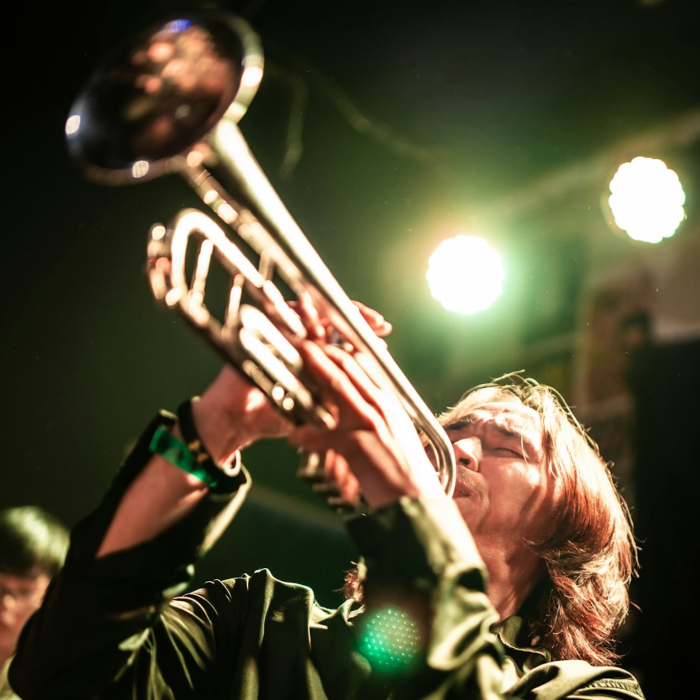
Dude, you need to write to Wellington. I had this doubt too. Contact him and ask for access to the website and he will welcome you very well.
Reply · Like · Follow · 3 w
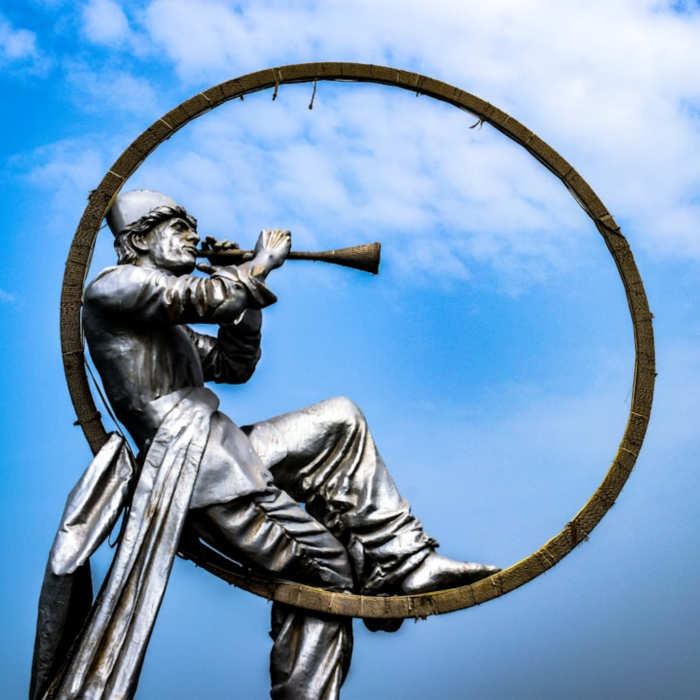
I’ve always loved the trumpet, but I lacked direction. I found the best guidance on the website to improve my technique and performance in classical pieces. Today, I feel more confident and precise on stage. The lessons are super detailed and the additional resources help a lot!
Reply · Like · Follow · 3 w

I was a student on the course and I can say that I have never learned so much in such a short time! The specific tips and techniques for the classical trumpet made all the difference in my progress. Each class is a new challenge that drives me to improve! I highly recommend it to anyone who really wants to delve deeper.
Reply · Like · Follow · 4 w
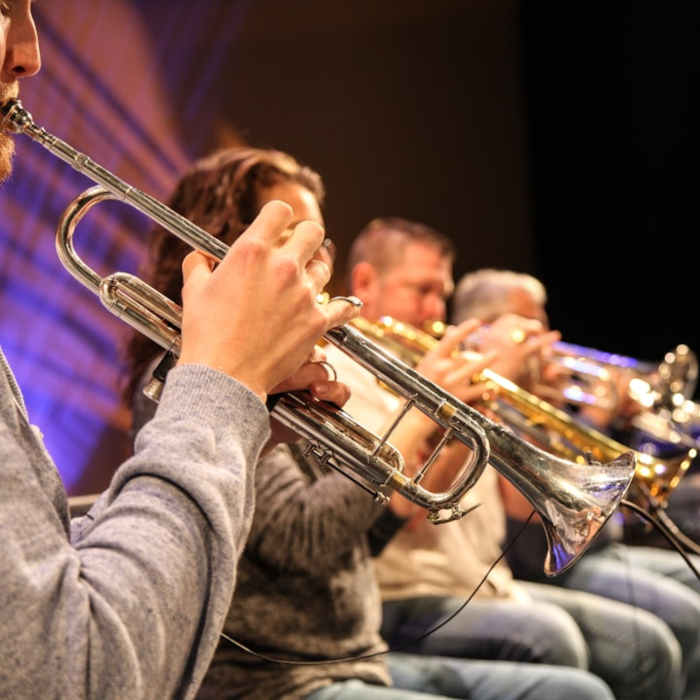
If you really want to improve your trumpet playing, this site is the place to go! The tips on breathing, embouchure and articulation have been crucial to my progress. And the best part is that it is all geared towards those who love classical music, which has made a huge difference in my daily practice.
Reply · Like · Follow · 5 w

A metodologia apresentada aqui me ajudou a entender o trompete de uma forma totalmente nova. A música clássica exige tanta precisão, e com as orientações, consegui superar muitas dificuldades técnicas que me impediam de alcançar meu potencial. Muito obrigado por todo o suporte!
Reply · Like · Follow · 5 w



More Air: The air column is one of the most important elements for playing the trumpet (and other wind instruments)…
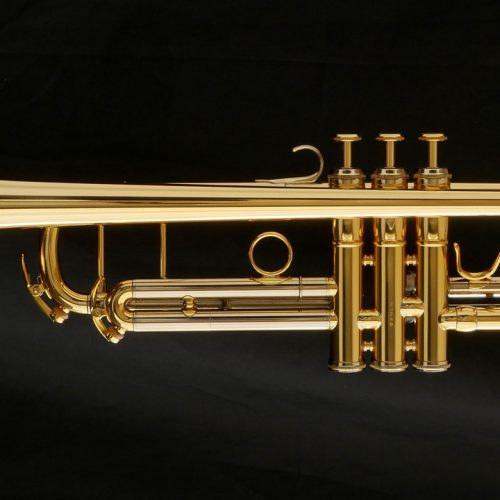
The trumpet is one of the oldest instruments in the brass family and has a history that dates back thousands…
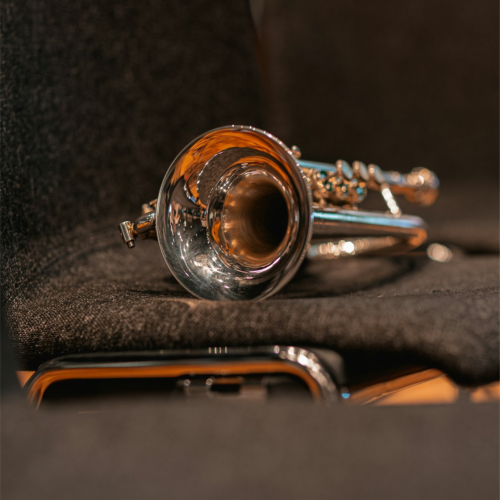
First Steps Learning to play the trumpet is an exciting journey, but it requires patience, dedication, and consistent practice. Below…
I will respond as soon as possible. Thank you.
Cell Phone number: +1 (626) 731-5952
Manager Phone: +55 (81) 98748-7825
Office Email: [email protected]
Manager Email: [email protected]
Copyright © 2025 indiotrumpet Audiovisual Company – All rights reserved – Created by Wellington Lima.